
Famed DC monuments defaced after night of protests
Tyler Olson
As protests swept the nation following the death of George Floyd in the custody of the Minneapolis Police Department last week, some of the most iconic monuments in Washington, D.C. were vandalized Saturday night.
The affected monuments, photos of which were posted in a tweet by the National Mall National Park Service (NPS), included the Lincoln Memorial, the World War II Memorial and the statue of General Casimir Pulaski. It is not clear to what extent any other monuments might have been vandalized.
NOT A SINGLE PHOTO PROVIDED BY FOX NO VISUAL EVIDENCE TO PROVE ITS TRUE
"In the wake of last night's demonstrations, there are numerous instances of vandalism to sites around the National Mall," The National Mall NPS tweeted. "For generations the Mall has been our nation’s premier civic gathering space for non-violent demonstrations, and we ask individuals to carry on that tradition."
Floyd, who is black, died, according to officials, after an officer used his knee to pin Floyd to the ground by his neck as Floyd gasped for air and was not visibly resisting arrest in several minutes of the incident caught on video. The officer who pinned Floyd to the ground, Derek Chauvin, was charged with third-degree murder and manslaughter.
SECRET SERVICE TOOK TRUMP TO UNDERGROUND WHITE HOUSE BUNKER AMID GEORGE FLOYD PROTESTS, OFFICIAL SAYS
Saturday night's demonstrations were reprised on Sunday night as Washington, D.C. Mayor Murial Bowser ordered a curfew for city residents beginning at 11 p.m. A tweet from Bowser's account said that "[s]he has also activated the DC National Guard to support the Metropolitan Police Department."
Video showed gatherings of protesters near the White House setting fires Sunday night.
On Saturday night President Trump went to the bunker underneath the White House as the U.S. Secret Service worried about the president's safety while demonstrators approached White House grounds.
"It wasn't long," a senior administration official said of the action taken to protect the president, "but he went."
The Secret Service said that "demonstrators repeatedly attempted to knock over security barriers, and vandalized six Secret Service vehicles" on Saturday, leading to one arrest.

© Provided by FOX News Dr. Marc Siegel says he's very concerned about the spread of COVID-19 amid the nationwide protests.
On Sunday, as protests again ramped up in D.C. and around the country, the Secret Service asked people to stay away from the White House.
"In an effort to ensure public safety, pedestrians and motorists are encouraged to avoid streets and parks near the White House complex," the Secret Service tweeted.
Fox News' Bret Baier contributed to this report.
OK FOUND ONE FROM FAUX NEWS
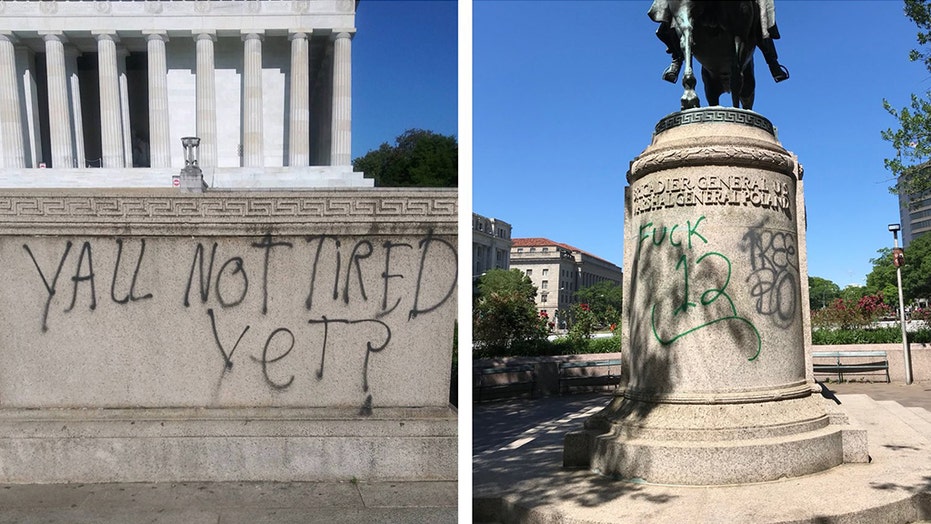
COVERAGE FROM CNN YOU KNOW THE FAKE MEDIA
THEY HAVE PICTURES
CNN- Popular landmarks across Washington, DC, were defaced with graffiti during the second consecutive night of protests in the nation's capital over the death of George Floyd, an unarmed black man in Minneapolis who was pinned down by police.
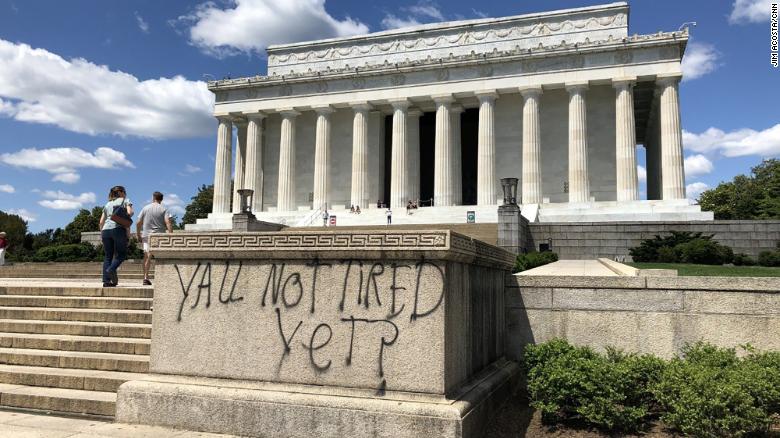
Graffiti from Saturday night protests on Lincoln Memorial in Washington.
"In the wake of last night's demonstrations, there are numerous instances of vandalism to sites around the National Mall," the National Park Service for the National Mall said in a tweet with photos of defaced monuments.
"For generations the Mall has been our nation's premier civic gathering space for non-violent demonstrations, and we ask individuals to carry on that tradition."
The vandalism appeared after skirmishes between groups of protesters and law enforcement flared across the city Saturday night.
Some protesters gathered in downtown Washington, DC, at Lafayette Square, which is across from the White House, into the evening, but additional protesters were not allowed in by police. At times there were attempts by some protesters to enter the park. They were met with pepper spray or other mechanisms pushing them back.
Separately, a group marched and then rallied at the Lincoln Memorial where the words "Yall not tired yet?" were spray-painted.
The question "Do black Vets count?" also appeared to be spray-painted across part of the National Mall World War II Memorial.
DC Chief of Police Peter Newsham said Sunday that the Metropolitan Police Department had arrested 17 people Saturday night and that 11 MPD officers were injured during the protests.
None of the officers sustained life-threatening injuries, though one officer is undergoing surgery for multiple compound fractures to his leg after a protester threw a rock at him.
Newsham said that of the 17 people arrested, eight either live in DC or have some ties to the area.
He said police expect to make more arrests, as the department is asking private businesses to review their security footage, and will ask the DC community to help identify those who were damaging property or hurting people.
CNN's Nicky Robertson contributed to this report.





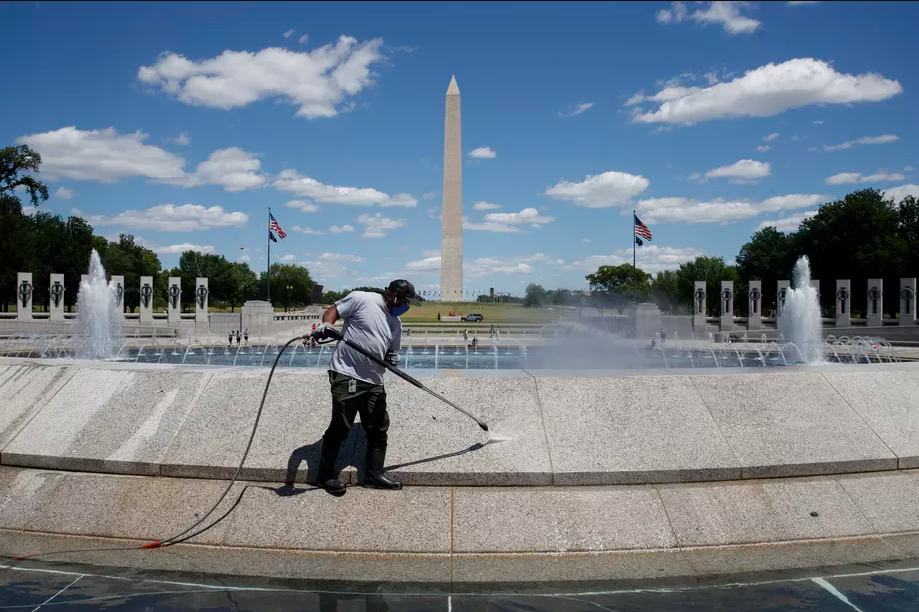
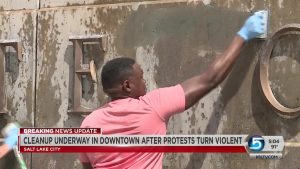
VANDALISM IS NOT VIOLENCE, POLICE BRUTALITY IS!
On Sunday, as protests again ramped up in D.C. and around the country, the Secret Service asked people to stay away from the White House.
"In an effort to ensure public safety, pedestrians and motorists are encouraged to avoid streets and parks near the White House complex," the Secret Service tweeted.
Fox News' Bret Baier contributed to this report.
OK FOUND ONE FROM FAUX NEWS

COVERAGE FROM CNN YOU KNOW THE FAKE MEDIA
THEY HAVE PICTURES
CNN- Popular landmarks across Washington, DC, were defaced with graffiti during the second consecutive night of protests in the nation's capital over the death of George Floyd, an unarmed black man in Minneapolis who was pinned down by police.

Graffiti from Saturday night protests on Lincoln Memorial in Washington.
"In the wake of last night's demonstrations, there are numerous instances of vandalism to sites around the National Mall," the National Park Service for the National Mall said in a tweet with photos of defaced monuments.
"For generations the Mall has been our nation's premier civic gathering space for non-violent demonstrations, and we ask individuals to carry on that tradition."
The vandalism appeared after skirmishes between groups of protesters and law enforcement flared across the city Saturday night.
Some protesters gathered in downtown Washington, DC, at Lafayette Square, which is across from the White House, into the evening, but additional protesters were not allowed in by police. At times there were attempts by some protesters to enter the park. They were met with pepper spray or other mechanisms pushing them back.
Separately, a group marched and then rallied at the Lincoln Memorial where the words "Yall not tired yet?" were spray-painted.
The question "Do black Vets count?" also appeared to be spray-painted across part of the National Mall World War II Memorial.
DC Chief of Police Peter Newsham said Sunday that the Metropolitan Police Department had arrested 17 people Saturday night and that 11 MPD officers were injured during the protests.
None of the officers sustained life-threatening injuries, though one officer is undergoing surgery for multiple compound fractures to his leg after a protester threw a rock at him.
Newsham said that of the 17 people arrested, eight either live in DC or have some ties to the area.
He said police expect to make more arrests, as the department is asking private businesses to review their security footage, and will ask the DC community to help identify those who were damaging property or hurting people.
CNN's Nicky Robertson contributed to this report.






VANDALISM IS NOT VIOLENCE, POLICE BRUTALITY IS!
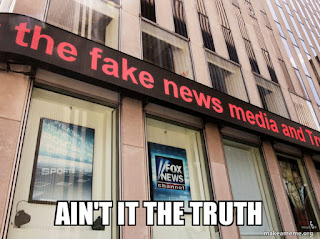



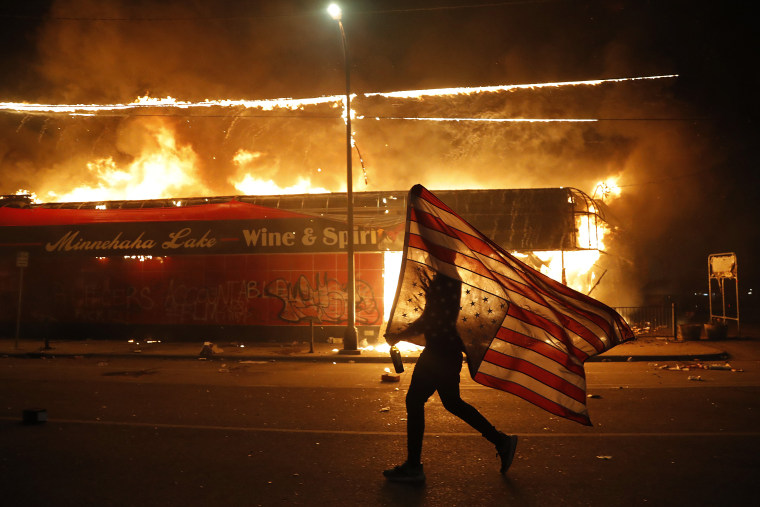
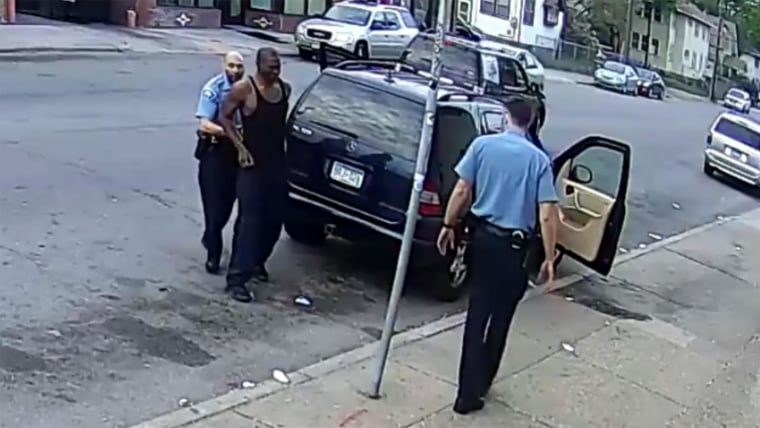
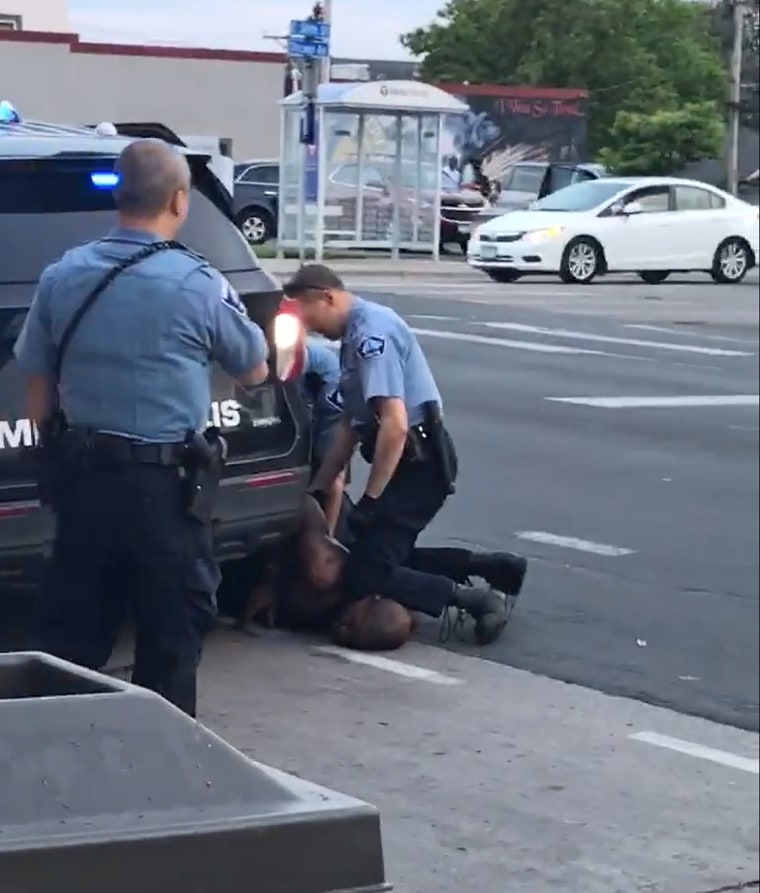
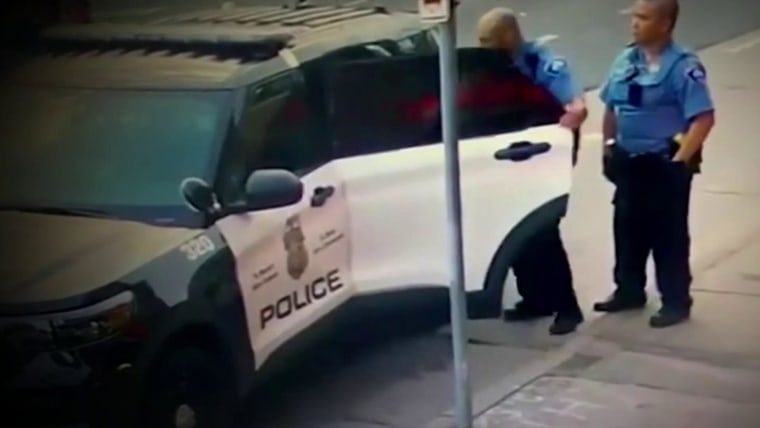
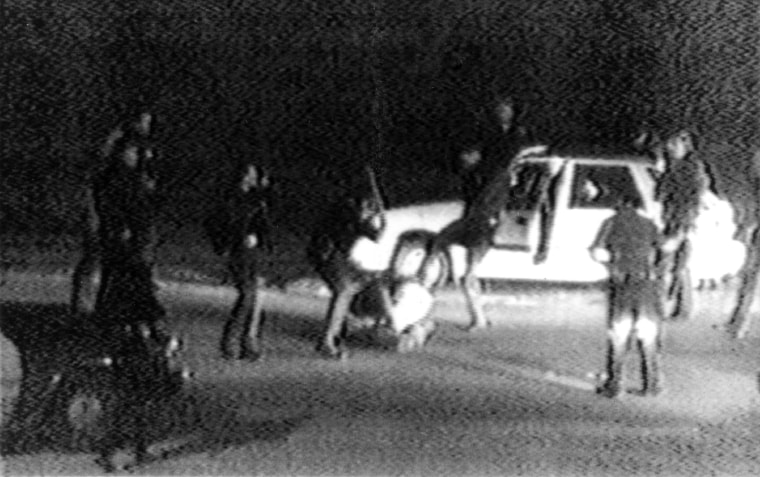
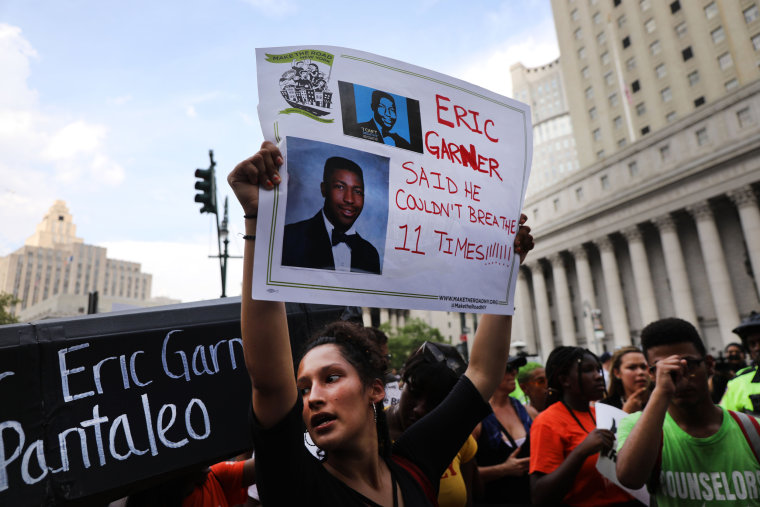
/cdn.vox-cdn.com/uploads/chorus_image/image/66875532/1215970389.jpg.0.jpg)














